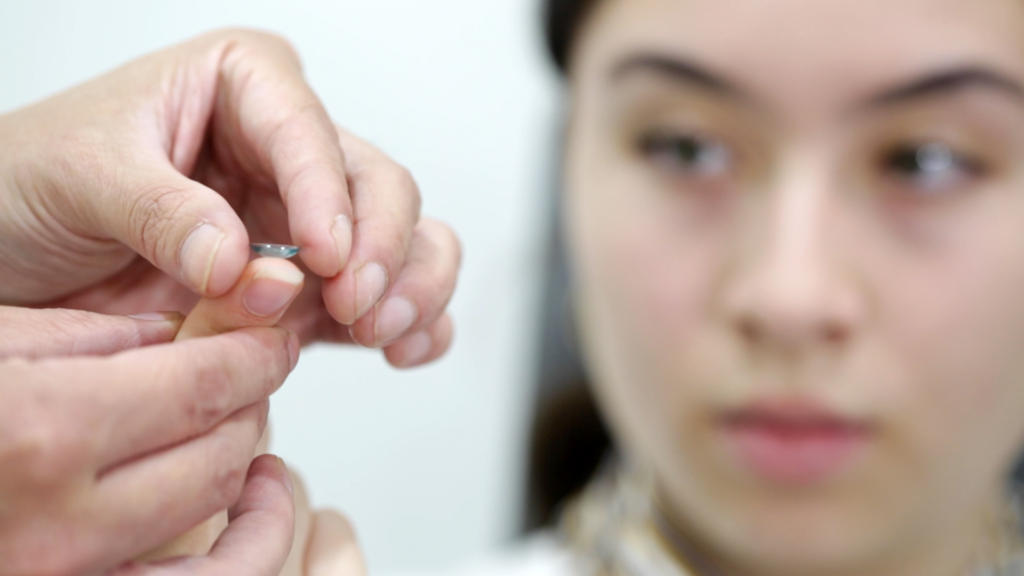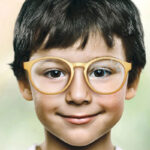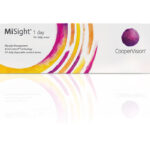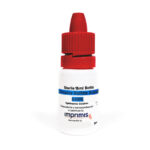OrthoK Research
Myopia control
Ortho-K Research
Does Orthokeratology Really Control Myopia?
In a span of three years, children who wore Orthokeratology lenses experienced notably slower progression of myopia compared to those using conventional soft contact lenses.
One eye was fitted with an OrthoK lens, while the other received a conventional rigid gas-permeable (RGP) lens. After six months, the lens-eye combinations were switched. During both intervals, the eye with the RGP lens displayed an increase in axial length, which is indicative of myopia progression. In contrast, the eye wearing the OrthoK lens showed no axial length increase, suggesting effective control of myopia progression.
Both of these two published papers below showed similar results, ultimately concluding that Orthokeratology is an effective method for slowing the progression of myopia in school-aged children.
The findings from this study demonstrated the long-term safety and effectiveness of Orthokeratology for myopia control in children over a span of 12 years.
This study incorporated controls for environmental and genetic factors and suggests that Orthokeratology offers excellent myopia control benefits over a period of 12 to 24 months.
Is Orthokeratology Safe?
This was one of the first studies to prove that using orthokeratology for contact lenses is safe. The risk of eye infection associated with orthokeratology is comparable to that of reusable soft contact lenses, eg. monthly replacement lenses, and it remains relatively low, estimated at 13 cases per 10,000 patient-wearing years.
This study shows that the long-term success of Orthokeratology depends on these factors, proper fitted lenses, lens care, cleaning routines, attending regular check-ups, and addressing any complications that may arise.
This study demonstrates that children (aged 8-12) and teenagers (aged 13-17) who wear contact lenses are not at a higher risk compared to adults. In fact, the evidence suggests that children have an even lower rate of eye infections than teenagers and adults. This is likely due to better compliance with lens care and closer parental supervision.
In a study spanning 10 years, researchers compared the safety of Orthokeratology to soft contact lenses in children. They discovered no significant differences in complications between the two groups. As a result, they concluded that Orthokeratology is a safe option for long-term use in both groups.
This paper provides a summary of the recognized risks associated with different methods of myopia control, including Orthokeratology. Additionally, it presents a model outlining the risk of visual impairment and potential eye conditions (such as myopic maculopathy, cataract, retinal detachment, and glaucoma) if myopia is left untreated. The conclusion drawn is that the potential benefits of myopia control outweigh the associated risks.
Recent data reveals that the safety of Orthokeratology is even better than previously reported. The risk of an eye infection now stands at 5 cases per 10,000 patient-wearing years, which is lower than the 13 cases per 10,000 patient-wearing years estimated in a 2013 study. This means that the risk of an eye infection with Orthokeratology is now similar to the rates associated with the use of daily wear soft contact lenses. The improved safety in this study is likely due to the data being collected from a single group of practices with standardized training, whereas the previous study collected data from various practices. It could also be a result of greater efforts to enhance the safety and compliance of Orthokeratology over the past decade.
Book a consultation






